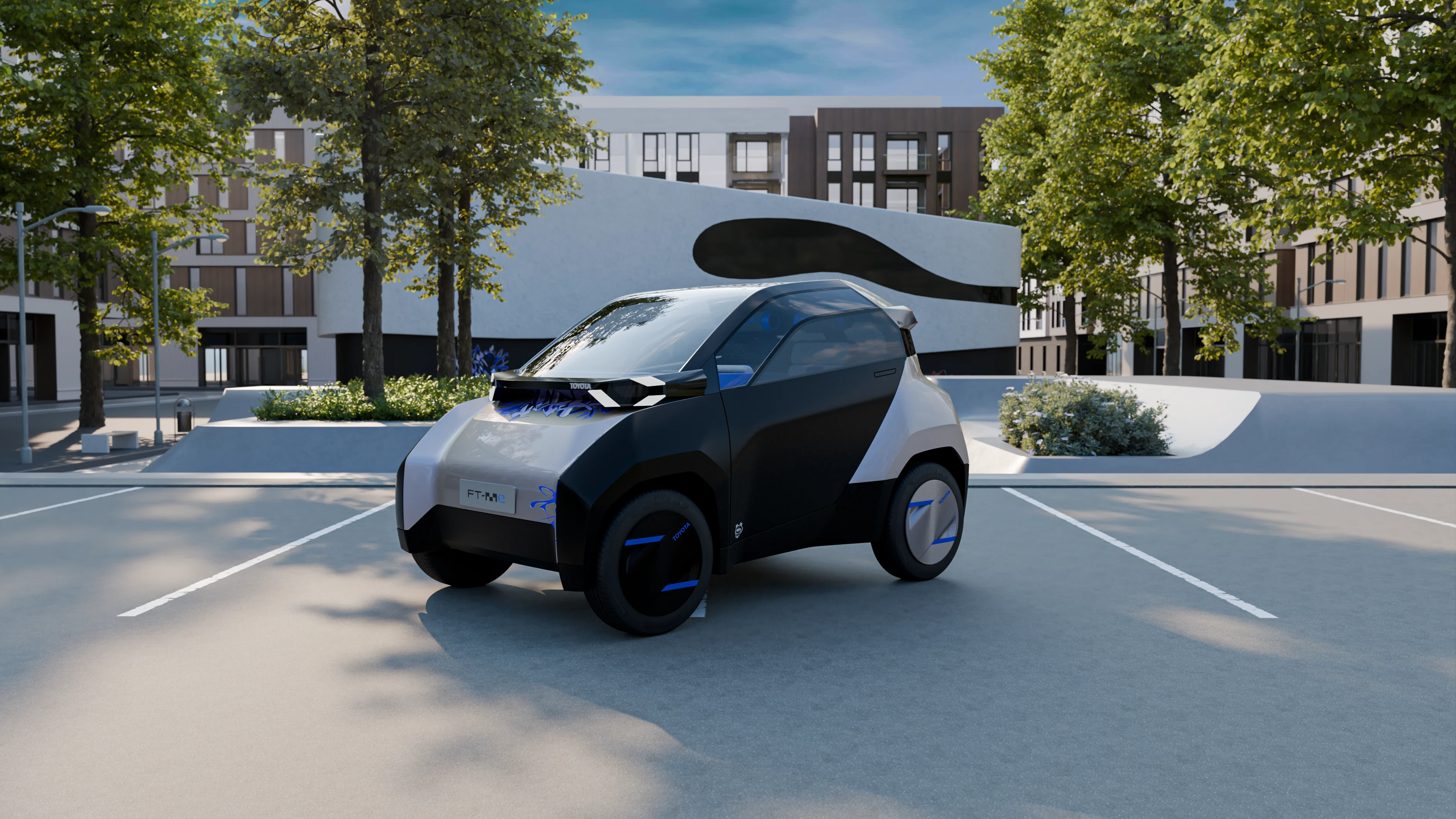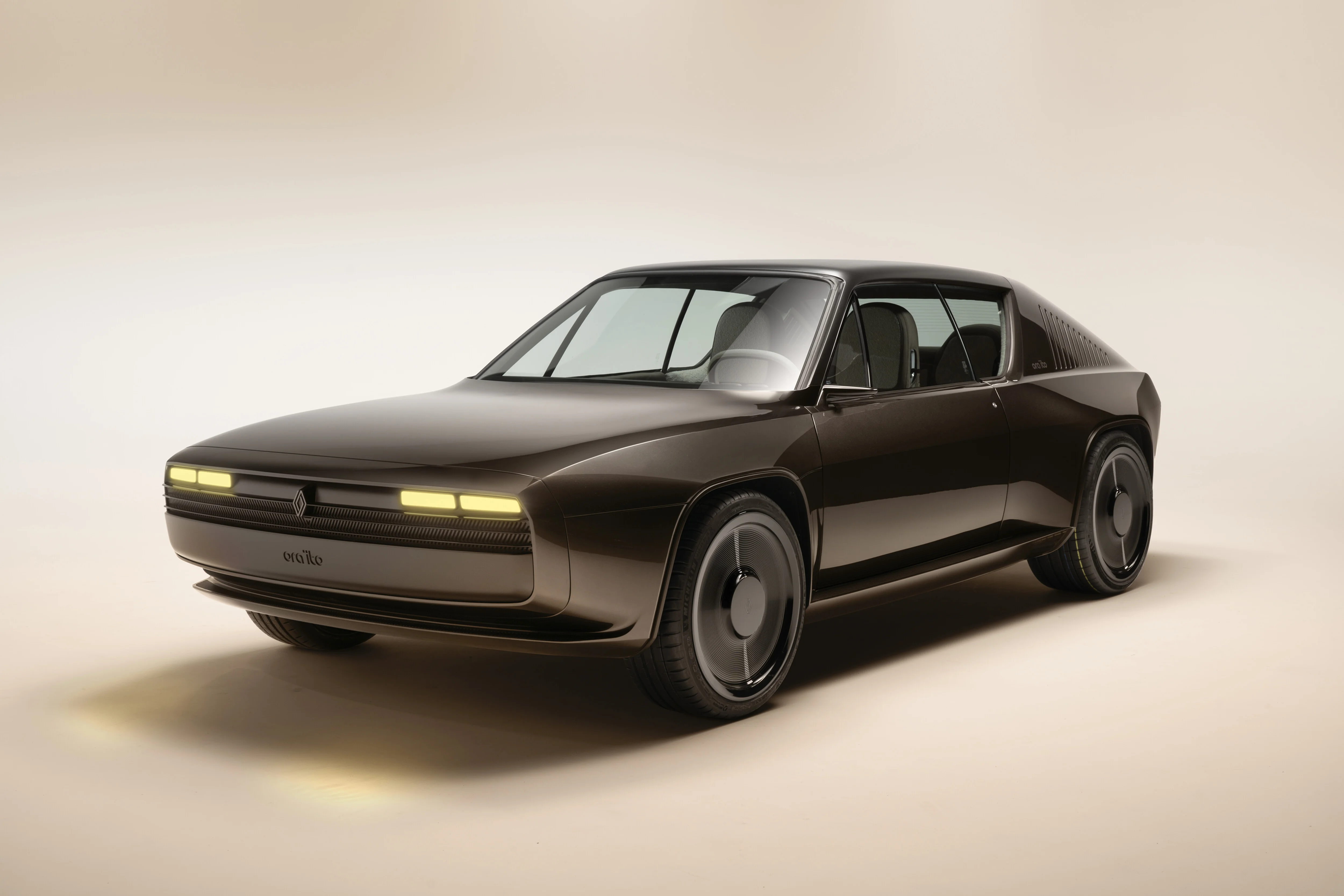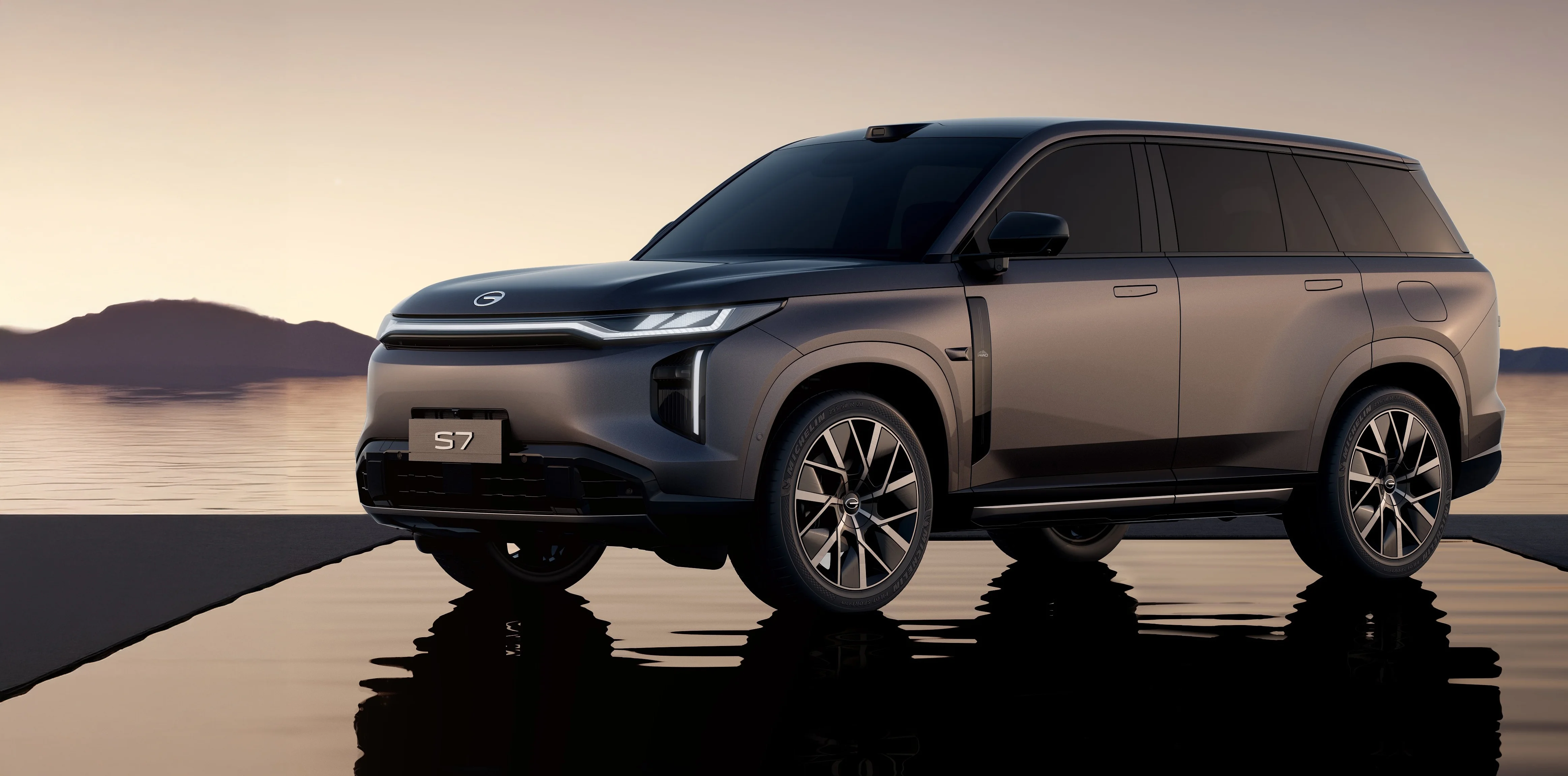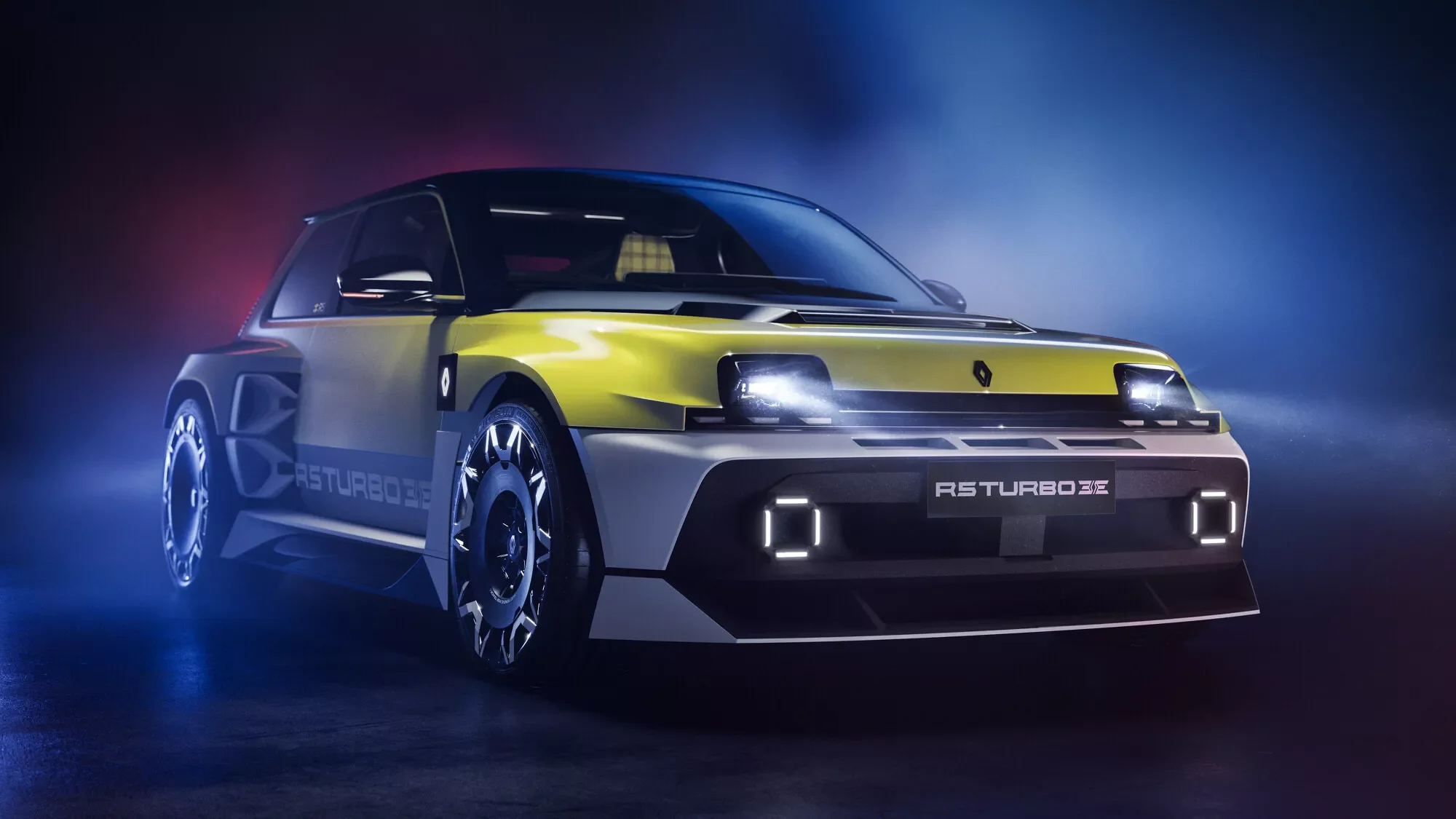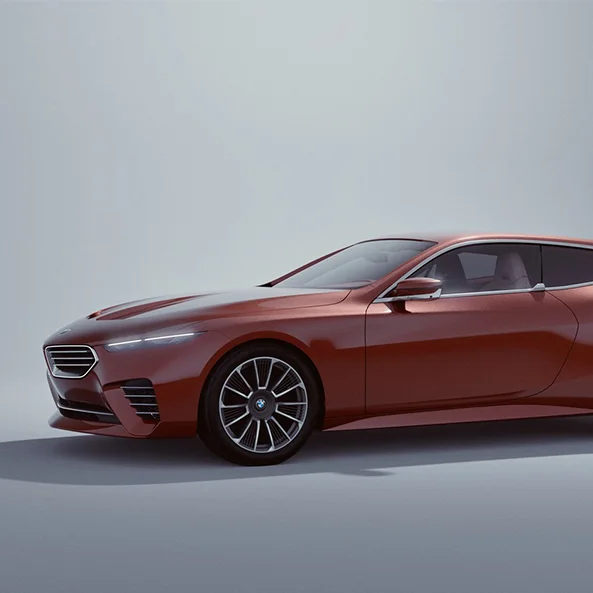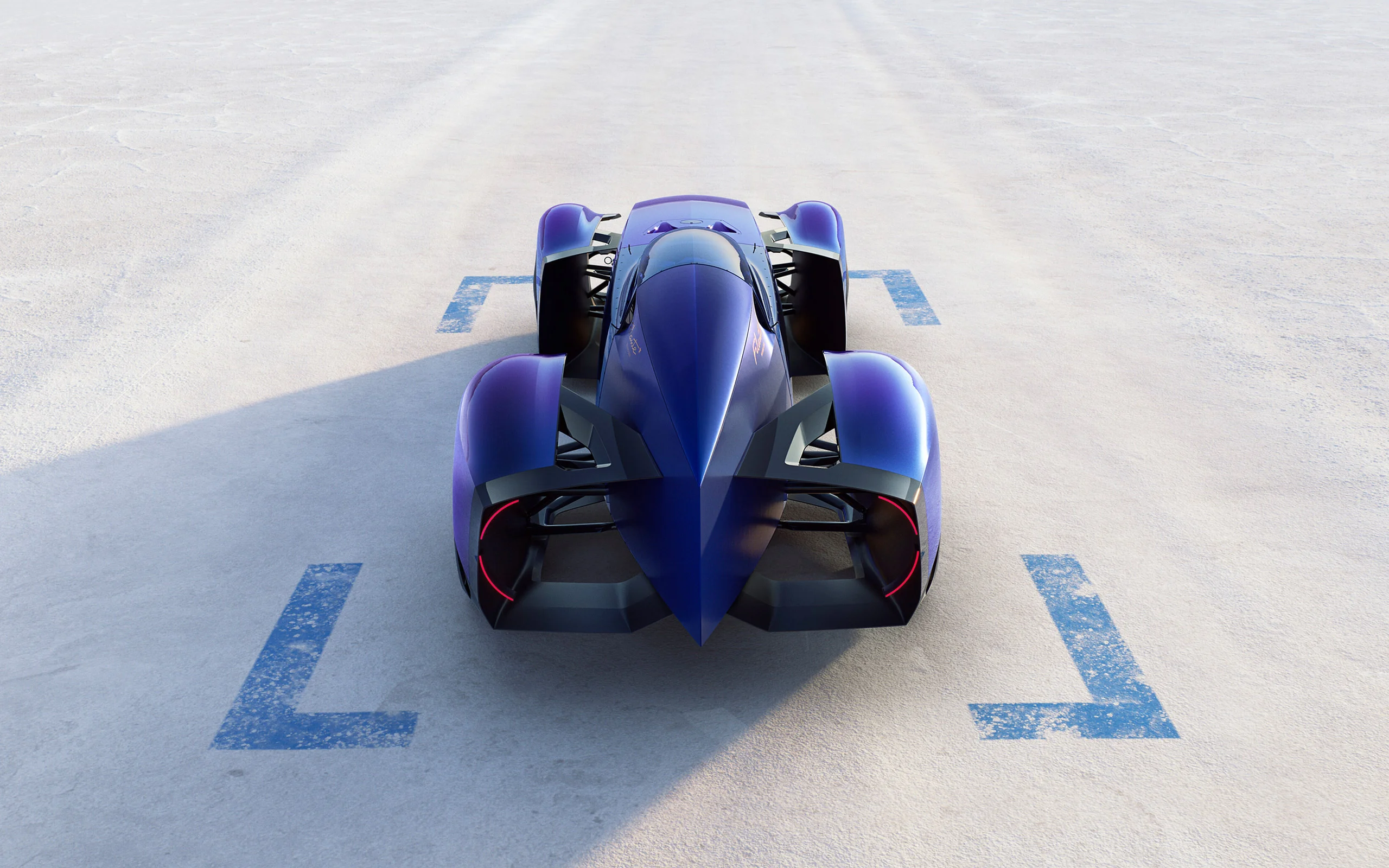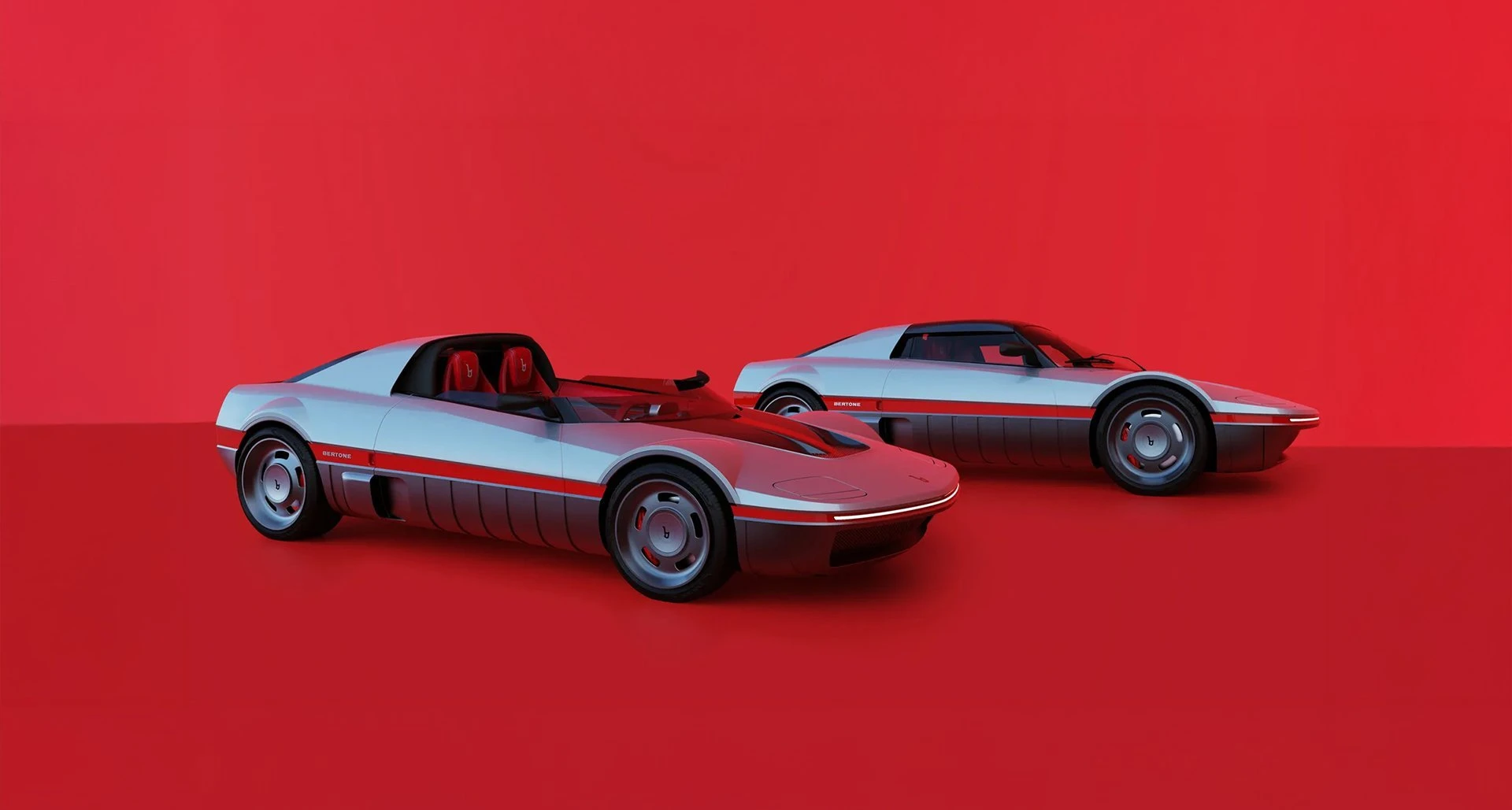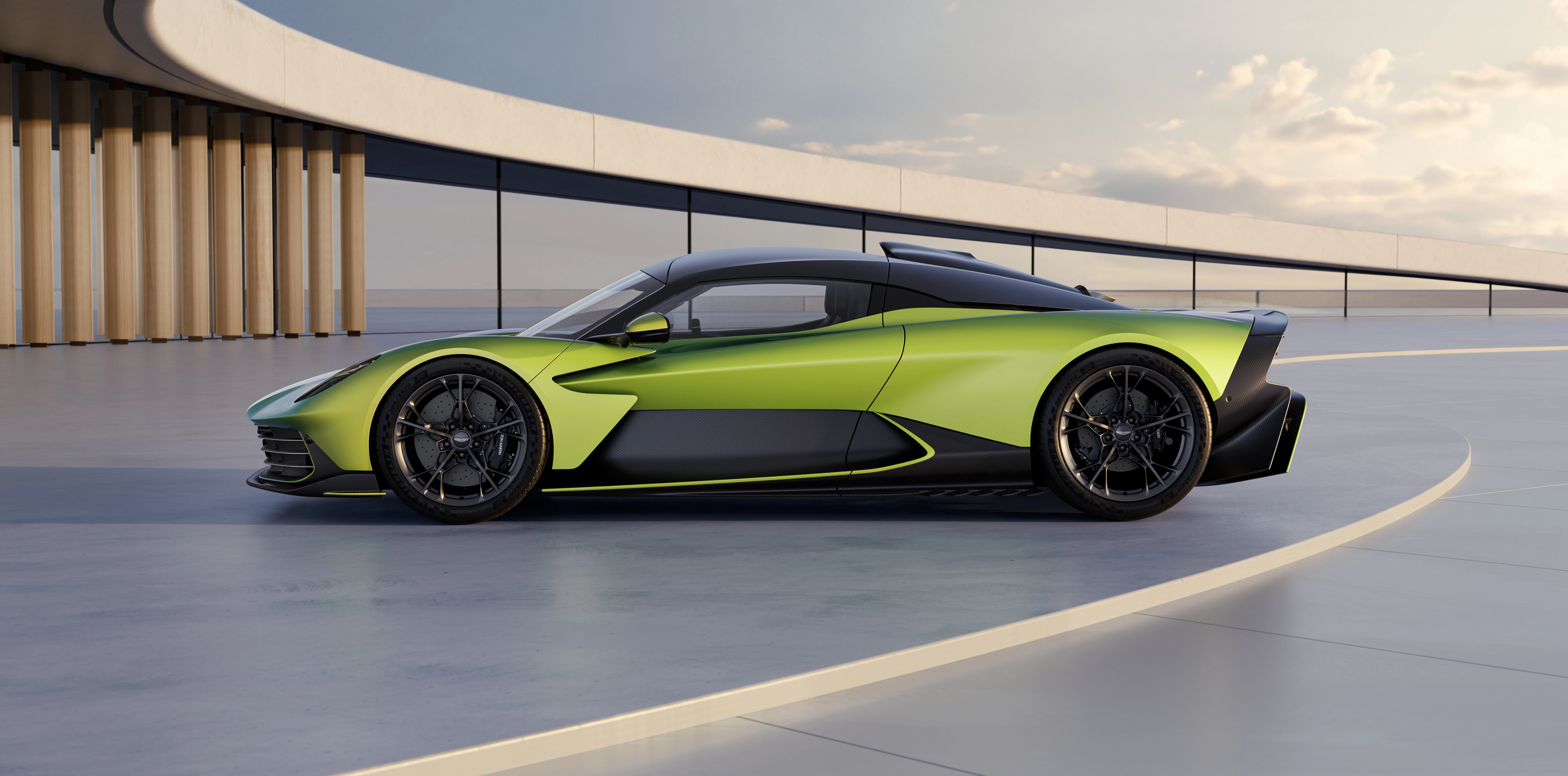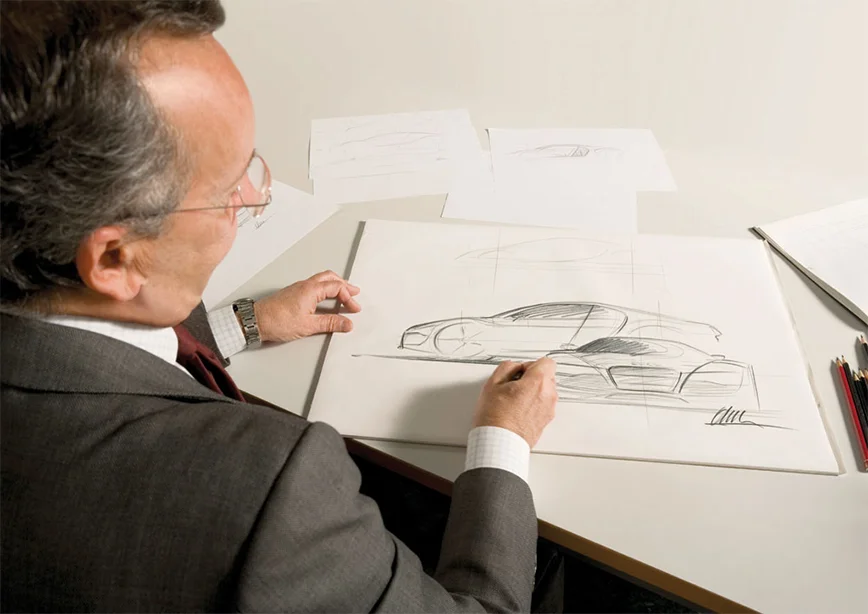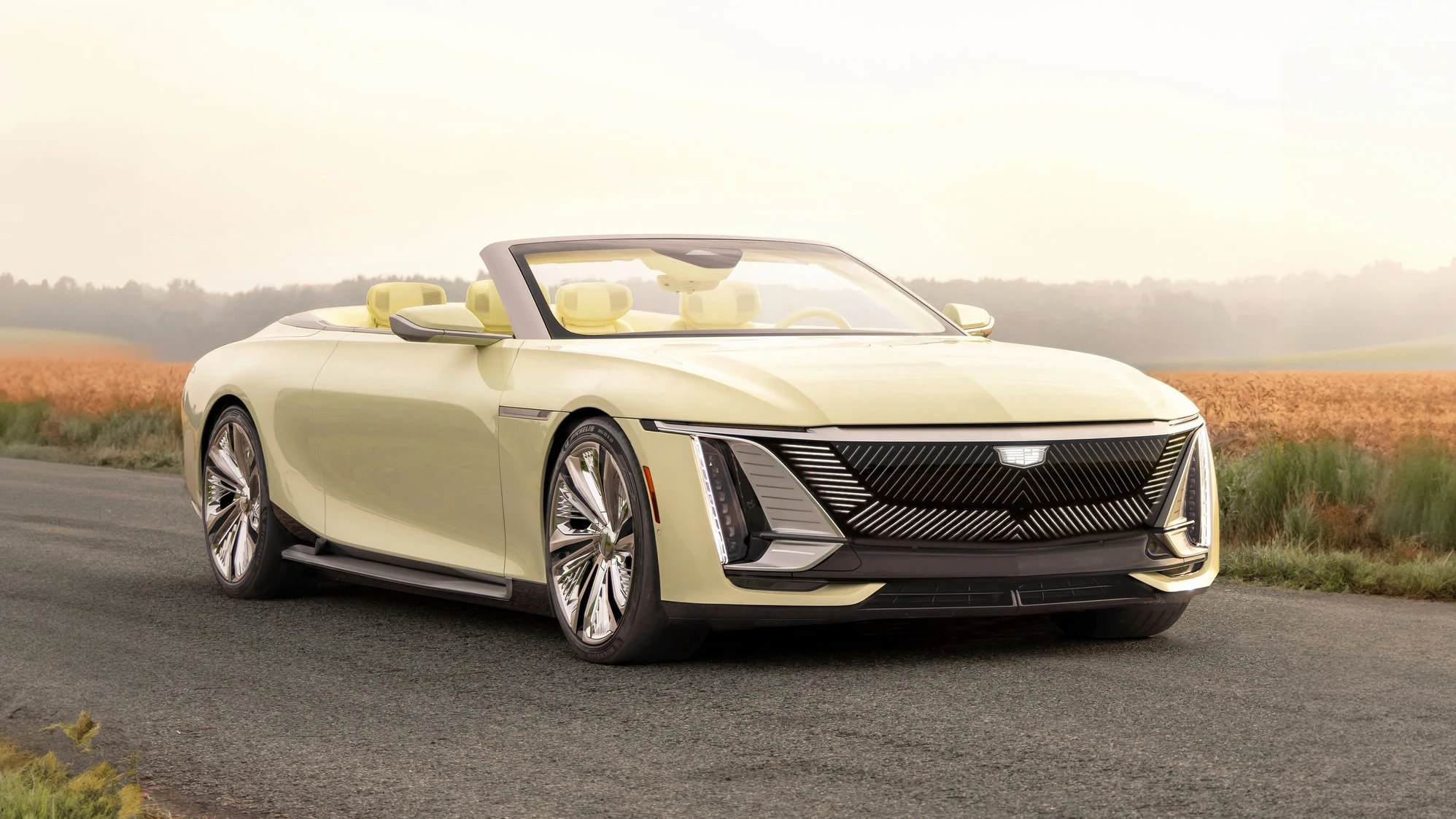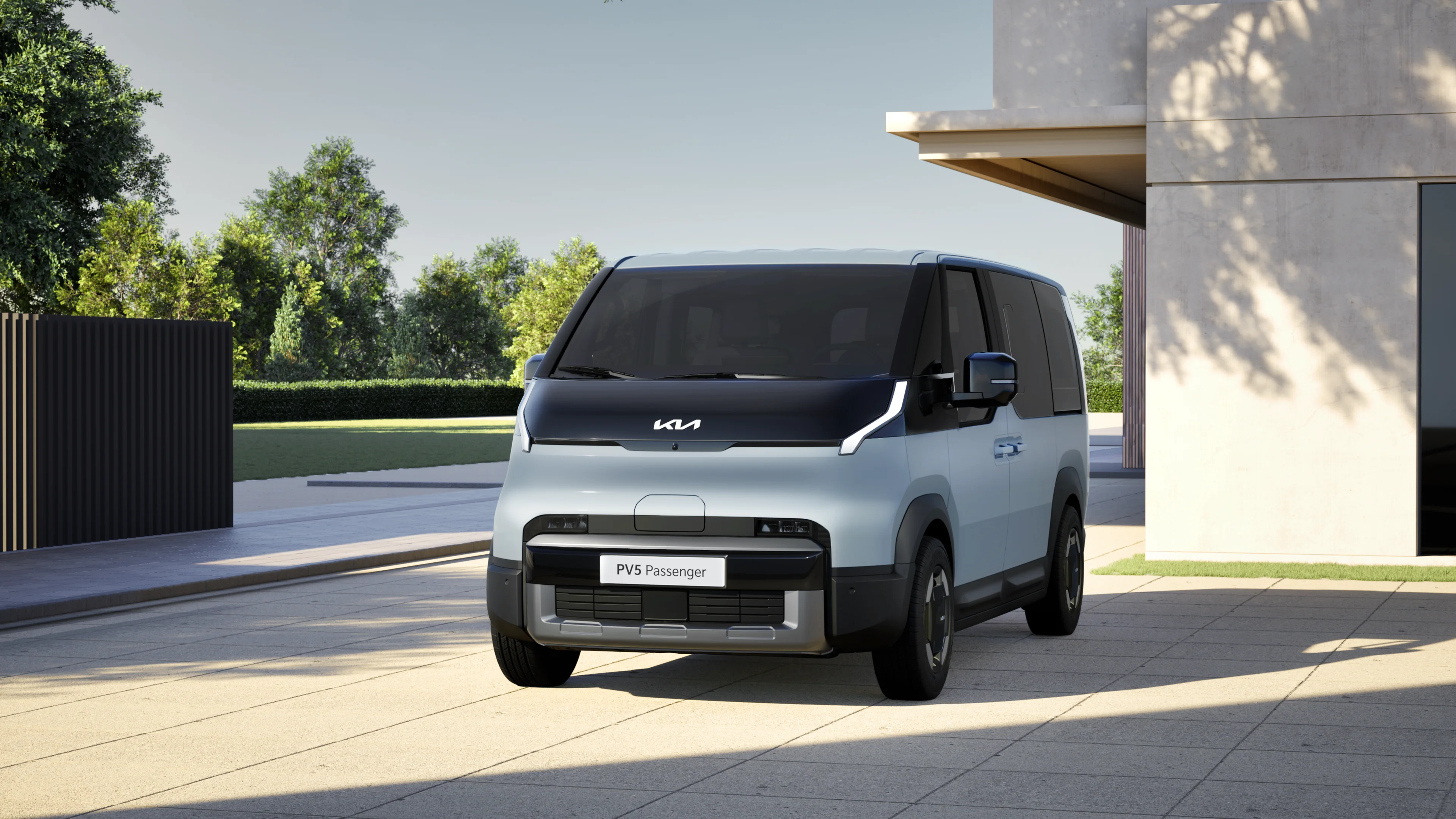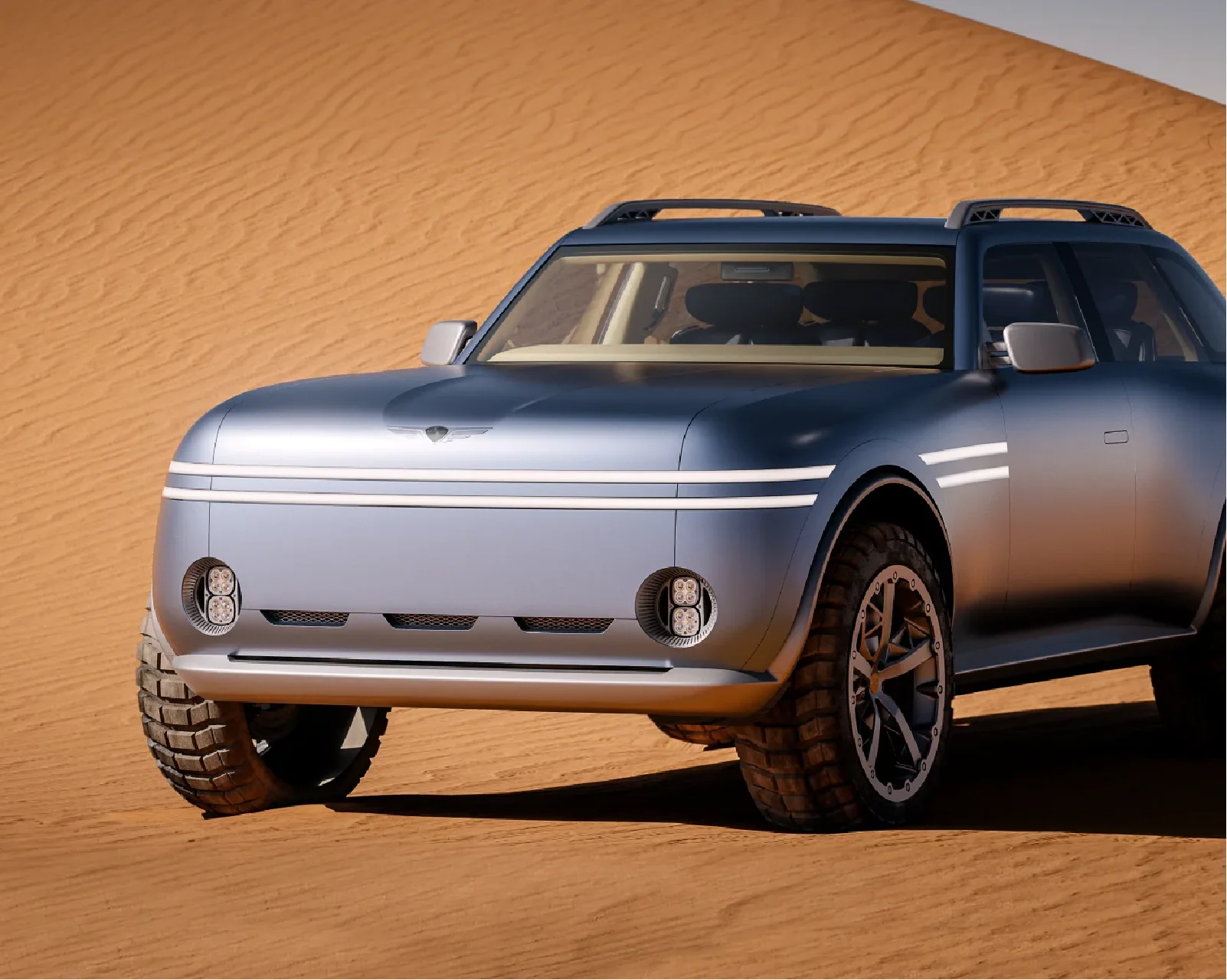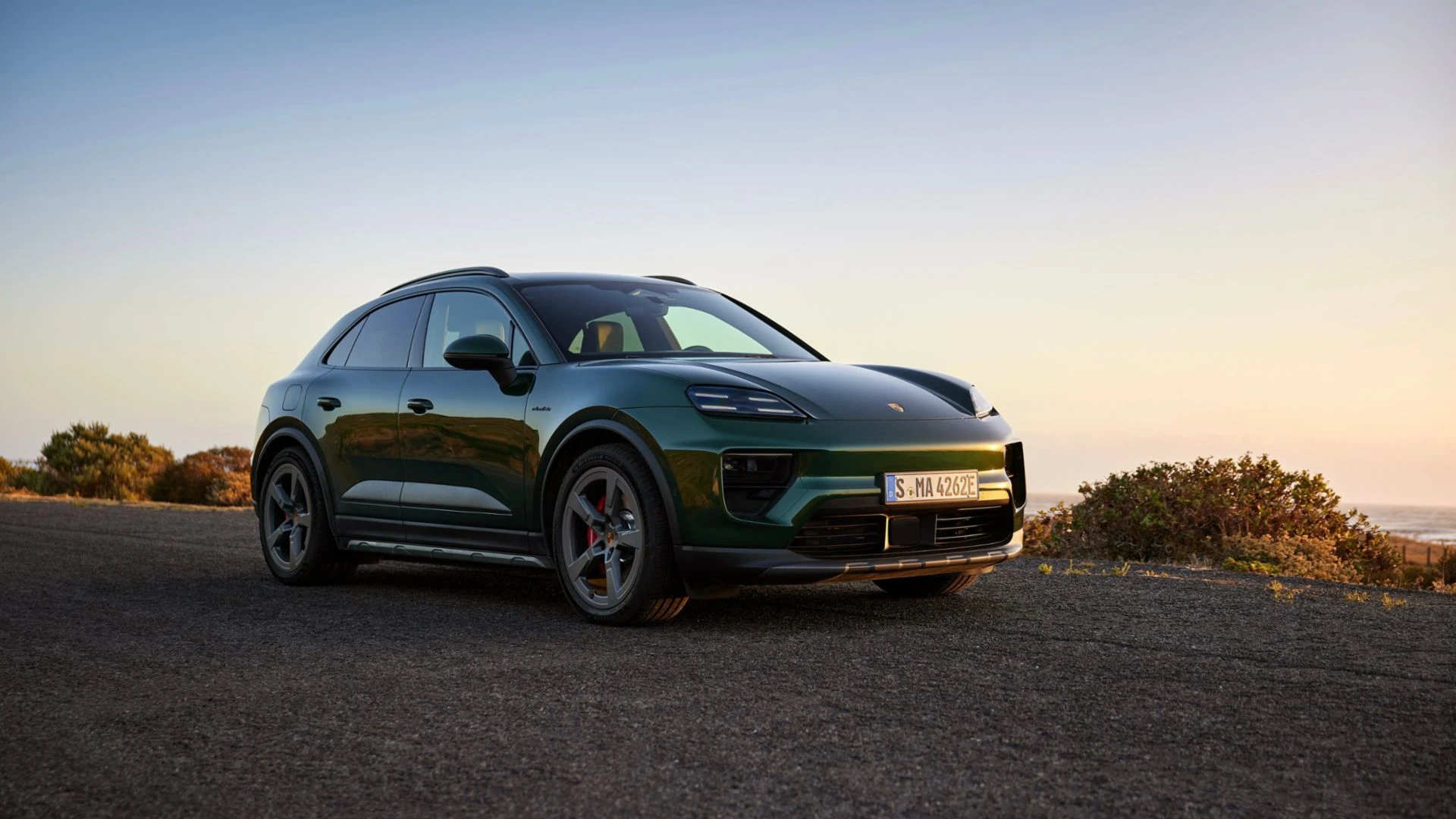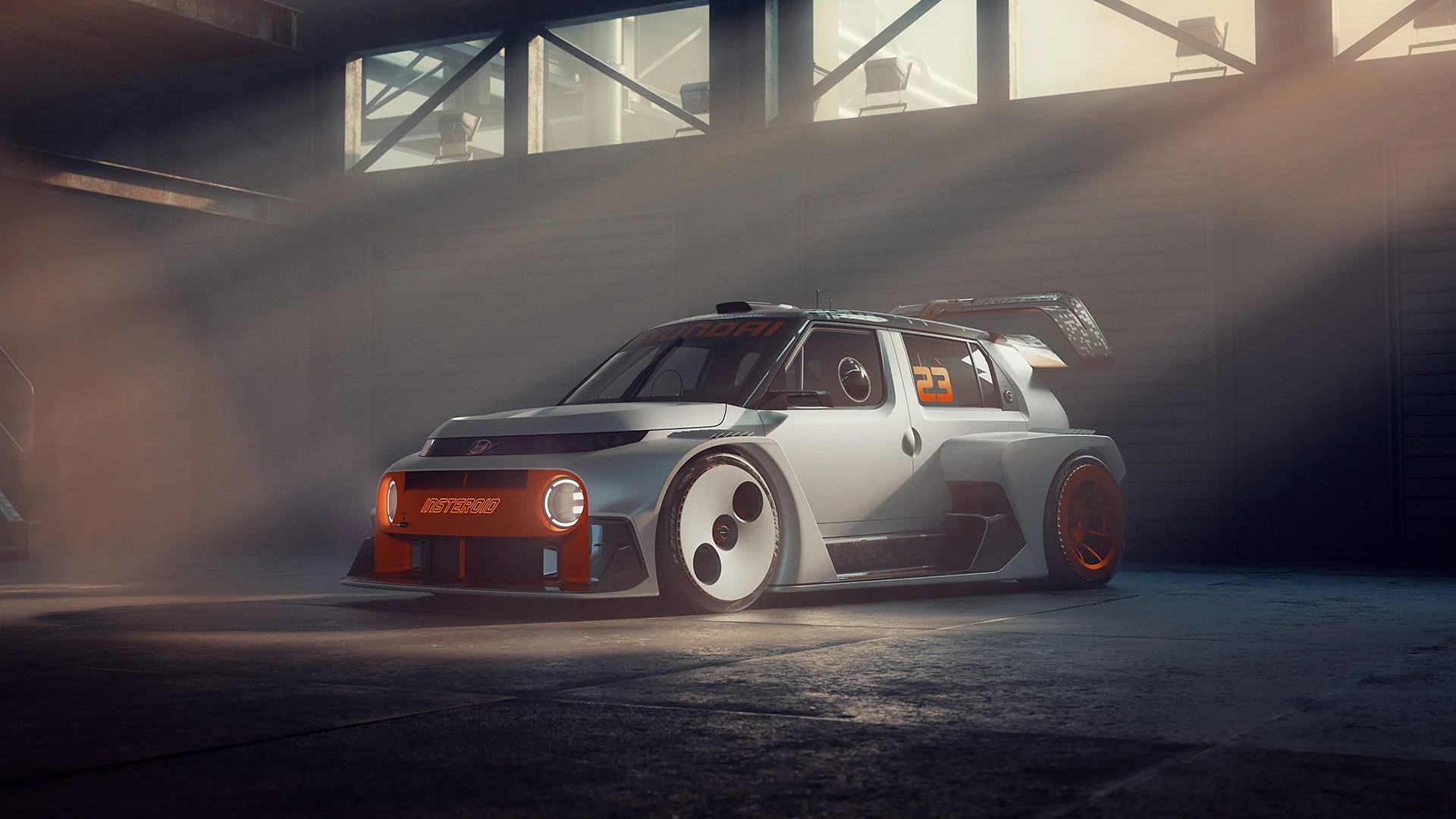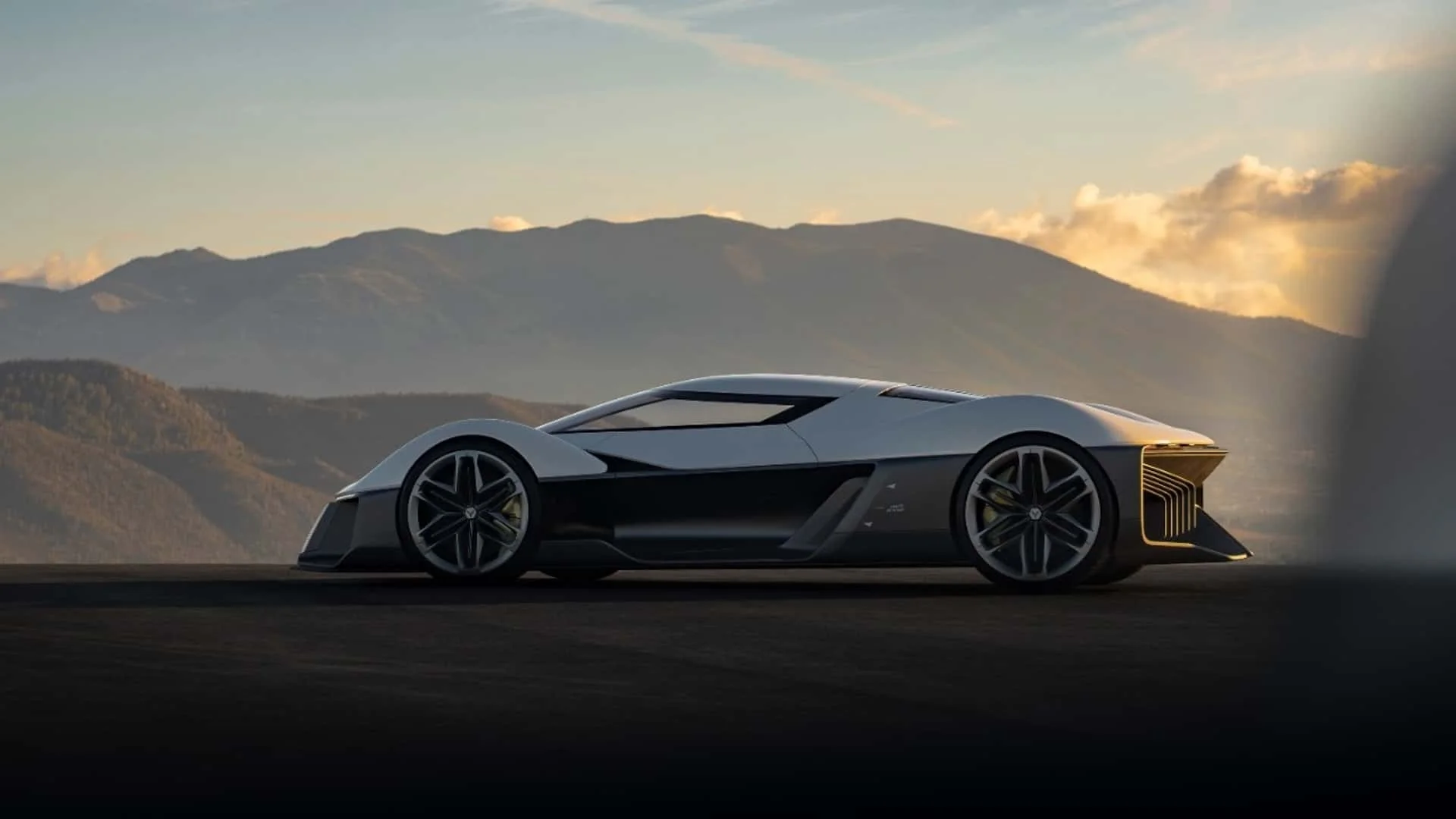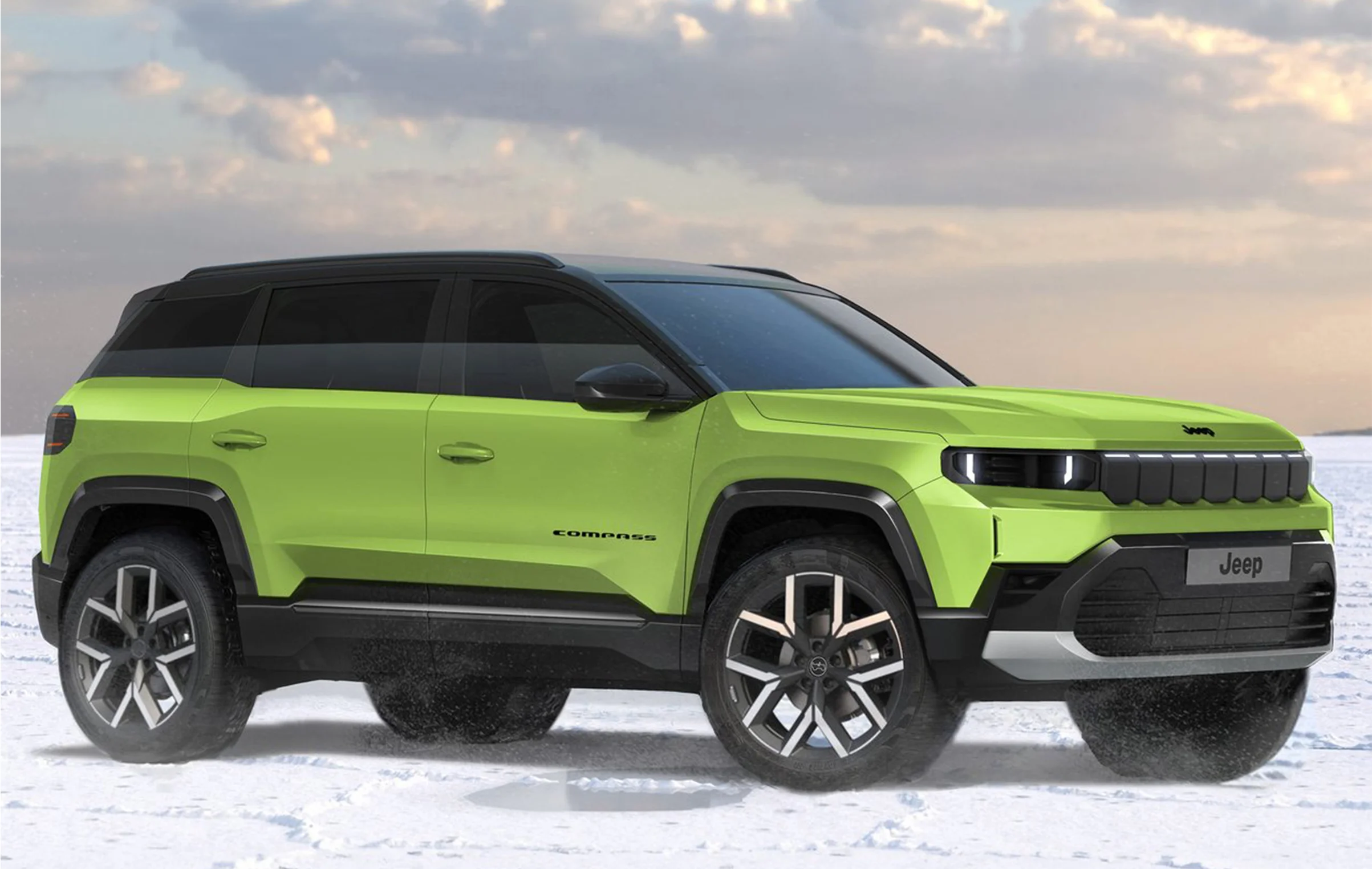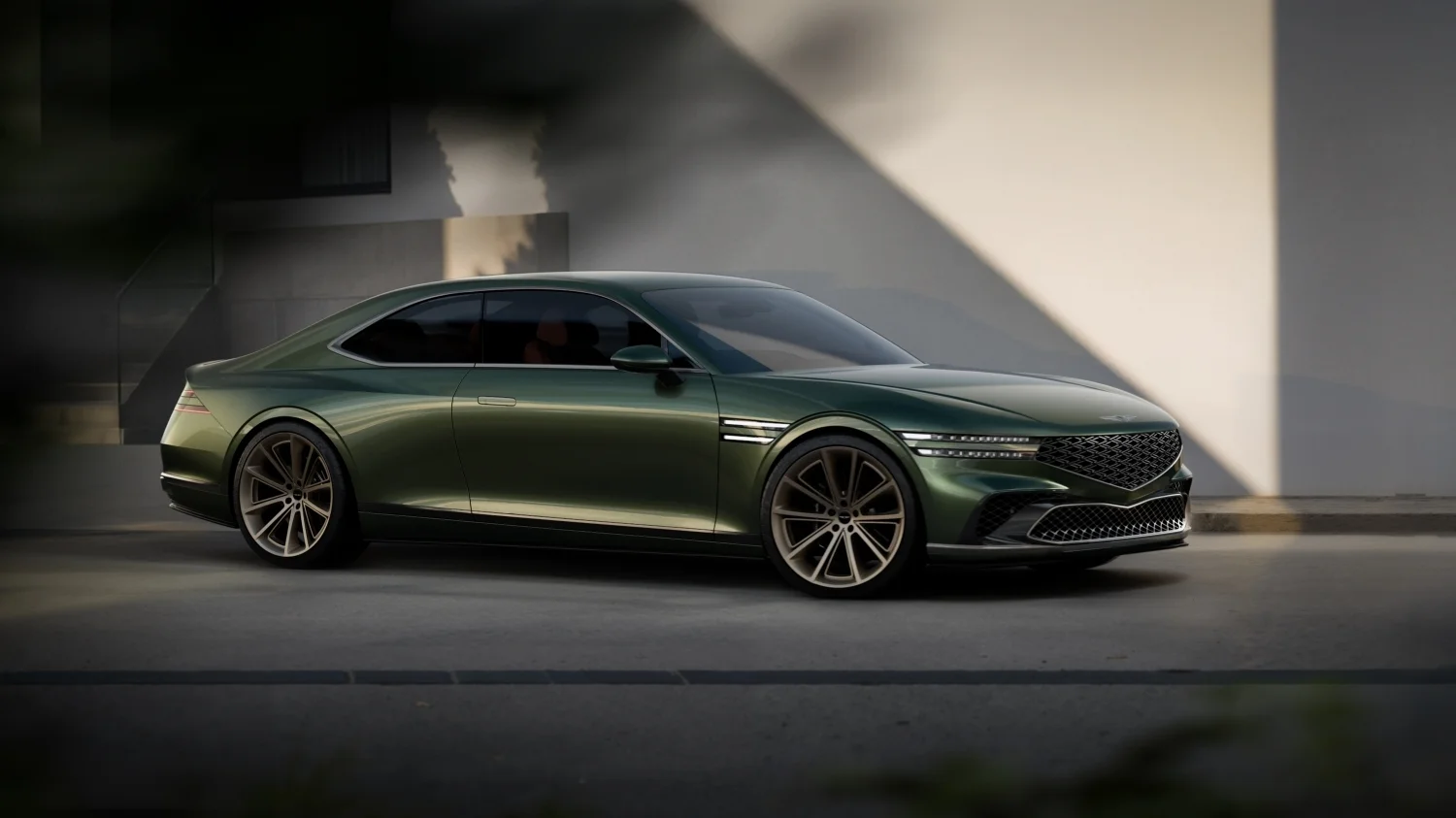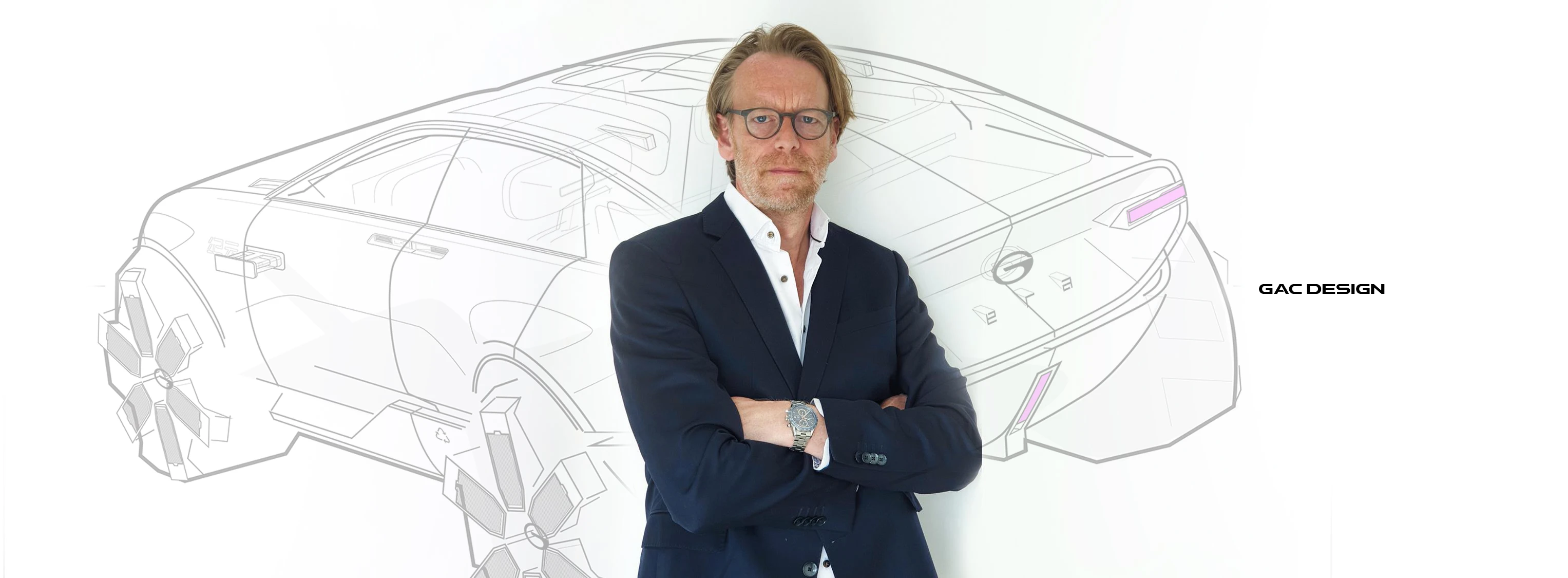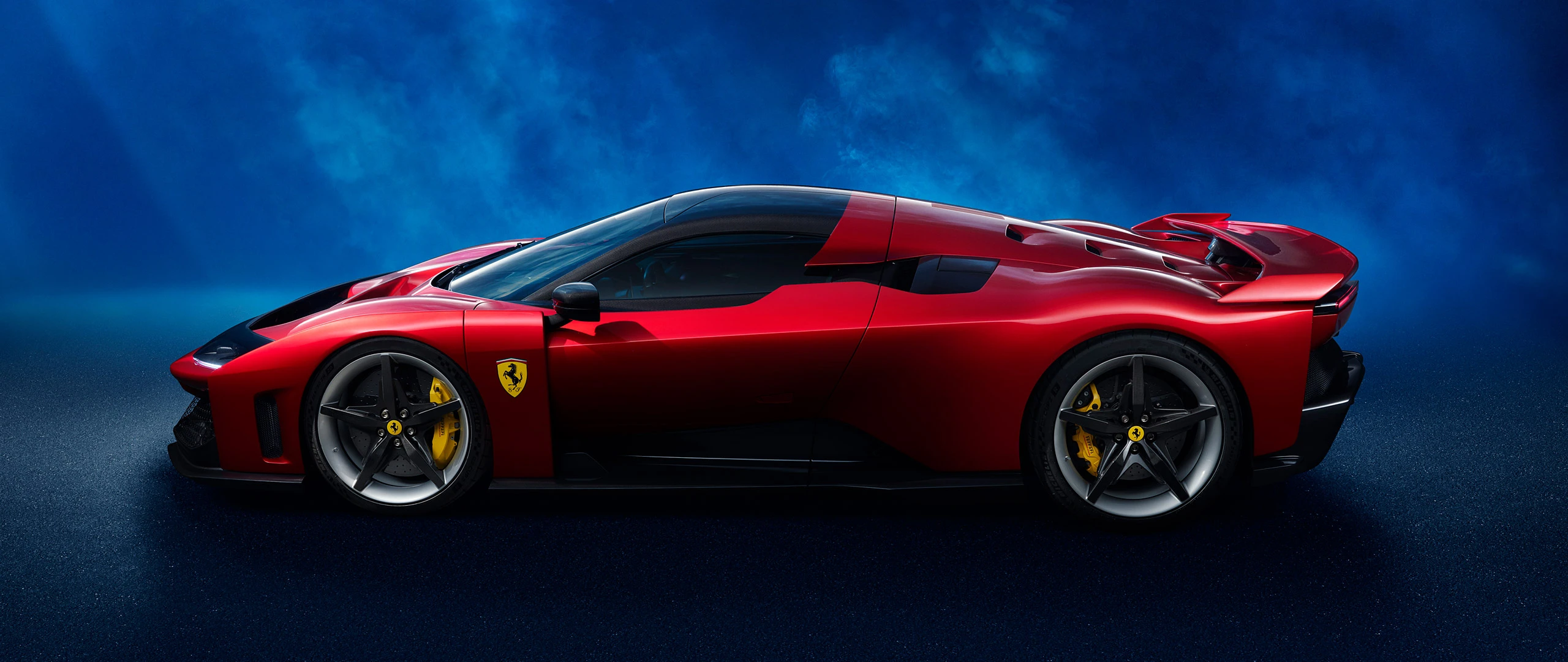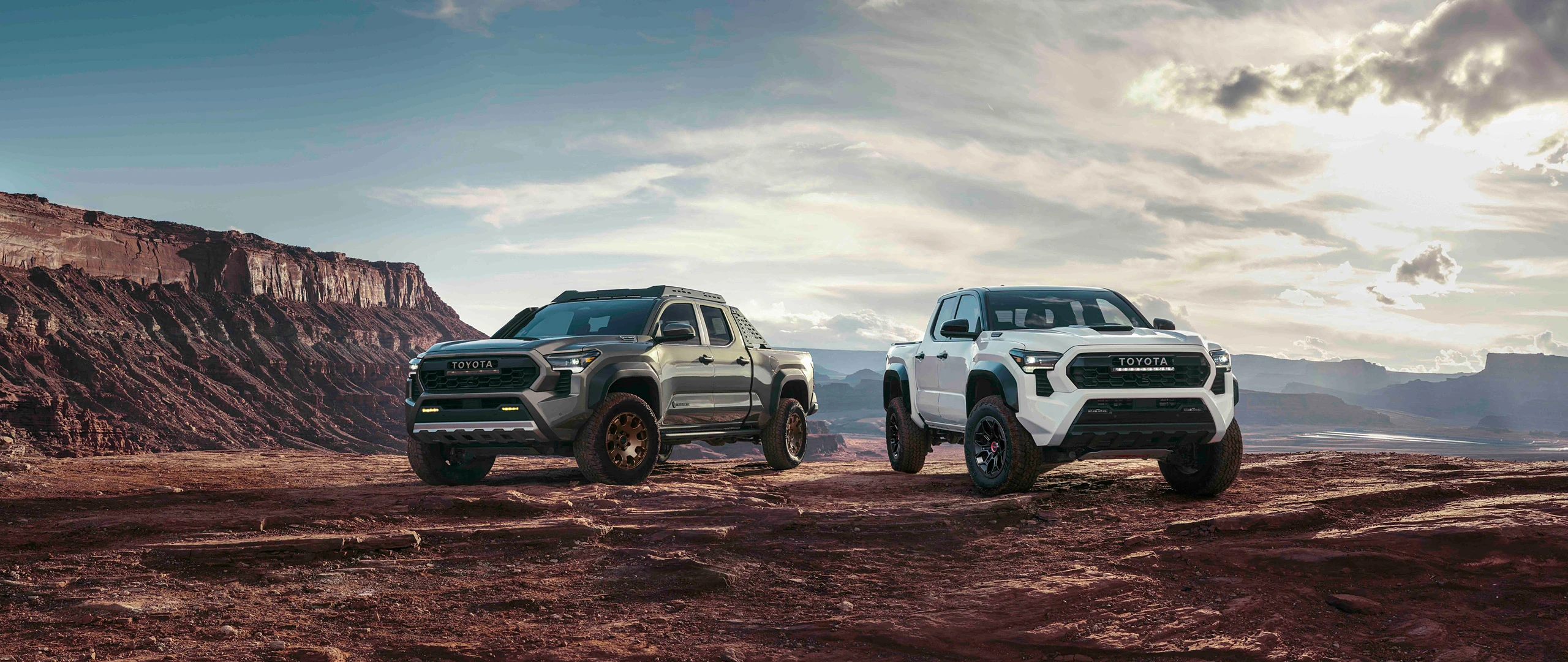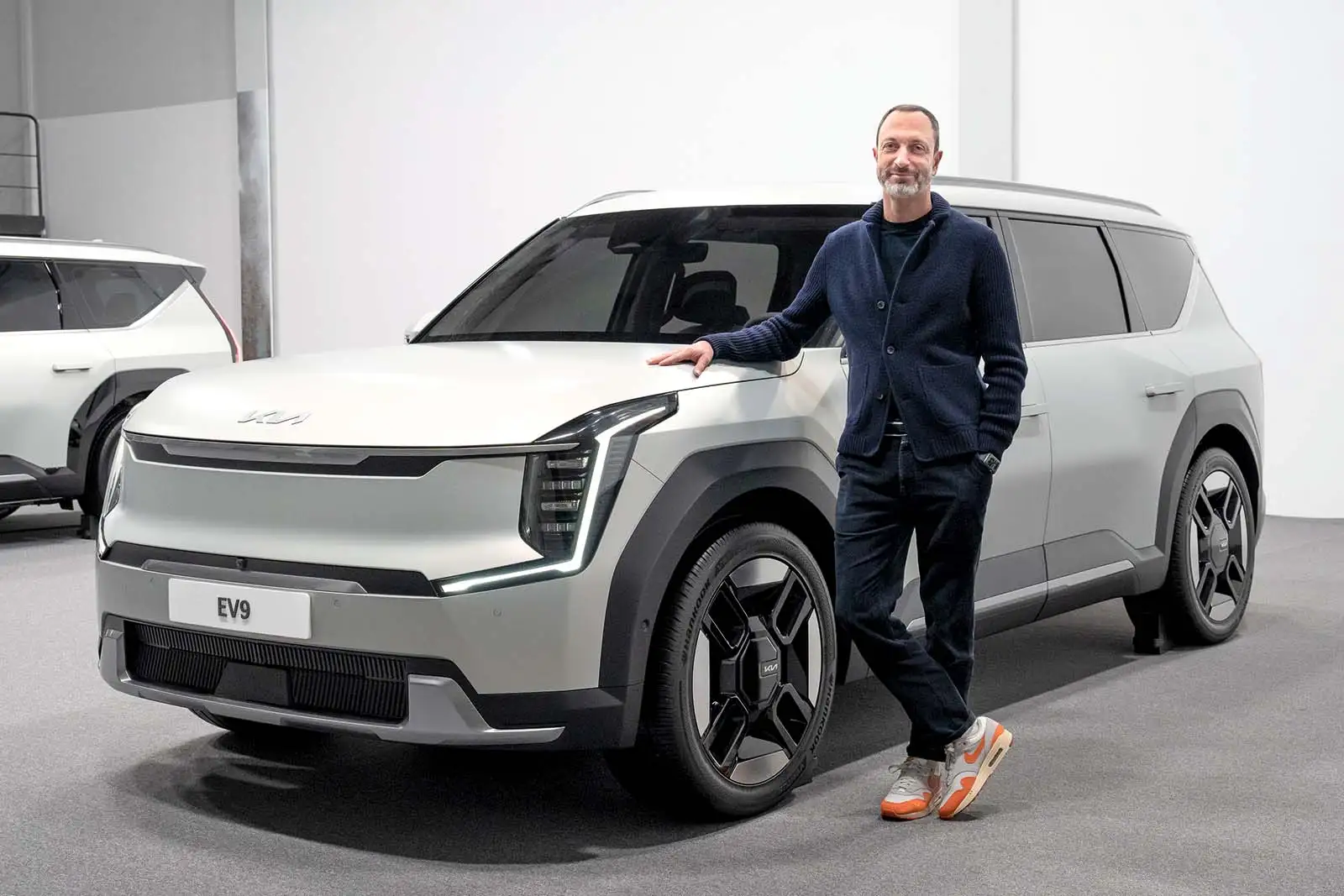Hyundai, a brand typically known for sensible sedans and compact crossovers, is throwing a serious curveball with its latest unveiling. At the Bharat Mobility Global Expo 2025 in New Delhi, Hyundai revealed a vision for India’s future of transport that you wouldn’t expect from the automaker: the electric three-wheeler and micro four-wheeler. And if that doesn't sound audacious enough, they're doing it in partnership with TVS Motor, India’s motorcycle maestros who’ve practically mastered the art of navigating the madness that is Indian traffic.
Why This Makes Perfect Sense
India, with its crazy traffic congestion, narrow streets, and chaotic roads, is in desperate need of better, more efficient, and eco-friendly mobility solutions. And Hyundai, with a little help from TVS, is now diving into the last-mile mobility market, which is probably as crucial to India’s transportation as a cup of chai on a cold morning. The electric three-wheeler could be the ideal solution to solve multiple problems at once, from congestion and pollution to providing safe, affordable transport options for the millions who need them.
Hyundai’s approach is pragmatic yet innovative, blending sustainability with the realities of India’s streets and climate, while also considering the convenience and adaptability needed in this high-density urban environment.

A New Kind of Three-Wheeler: Compact, Nimble, and Ready for Anything
Let’s talk design, because Hyundai has put some serious thought into this. The electric three-wheeler isn’t just another compact vehicle; it’s been engineered to handle India’s harsh streets and unpredictable weather with ease. Its adjustable height is the game-changer—because when the monsoon season hits, flooded streets are a given. Hyundai has designed this vehicle to glide through waterlogged roads, all while maintaining its compact, nimble build.
This isn't just a vehicle that’ll dodge potholes; it’ll dodge flooded streets and crowded alleyways like a caffeinated squirrel. It’s built with an angled windshield that not only adds to the aerodynamic look but is designed with safety in mind. So, while you’re avoiding the pedestrians, animals, and rickshaws, you’ll still have some protection. A rare, practical nod to both style and function.
Inside: Practicality Over Clutter
Hyundai clearly understands that in India, comfort and space are not just luxuries—they are necessities. This three-wheeler is designed with a flat floor to maximize legroom, extended wheelbase for a comfier ride, and larger tires to ensure that your commute doesn’t feel like an off-road rally. Because let’s be honest: if you’ve ever ridden through the streets of an Indian city, you know that every day can feel like an obstacle course.
Oh, and just in case you get stuck in a pothole (which you will, because it’s India), there’s a towing hook. Practical? You bet.
A Nod to the Indian Landscape: Color and Materials Matter
Hyundai has really thought about the Indian environment when designing this vehicle. First, there’s the Aakaashi Blue color—a shade meant to evoke the endless sky and the vast Indian Ocean. It’s a poetic touch, sure, but in a market like India, where the streets are often bathed in bright sunlight, that distinctive color will likely stand out in a sea of dull, monochrome cars.
And let’s talk about the materials. Hyundai has included heat-reducing gloss black paint to combat the blistering heat of India’s summer, and water-resistant interior surfaces to handle the monsoon rains that often flood entire cities. It’s clear they’re thinking beyond aesthetics—this is a vehicle built to thrive in the unique Indian climate.

The Big Question: Can This Revolutionize India’s Transport?
The partnership between Hyundai and TVS could lay the foundation for a game-changing solution in India’s mobility market. With congestion and pollution threatening daily life in urban areas, this electric three-wheeler could be the key to solving the last-mile connectivity problem. If this vehicle can survive India’s chaos, it could offer an affordable, practical, and sustainable alternative to traditional transport.
But here’s the real kicker: Hyundai and TVS are looking beyond just India. If they get this right, these vehicles could potentially be rolled out to other parts of the world, where similar problems exist—think Southeast Asia or even parts of Africa.
The challenge? India’s roads. We all know they’re a special kind of wild, and while the specs are impressive, it remains to be seen whether these vehicles will be able to handle the madness that is Indian traffic.
Final Thoughts: Bold and Practical
While it may not sound as glamorous as a luxury SUV or an electric supercar, Hyundai’s new venture into electric three-wheelers and micro four-wheelers for India is bold, innovative, and practical. They’re addressing a real need with a clever design that takes into account India’s infrastructure and weather challenges.
Will they succeed? Well, if anyone can crack the code for last-mile mobility in India, it’s probably Hyundai. And let’s be honest—who wouldn’t want to see a tiny electric vehicle darting through the chaotic streets of Mumbai? It might just be the future of urban transport in India.




